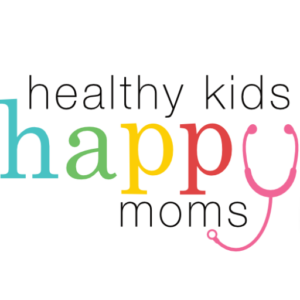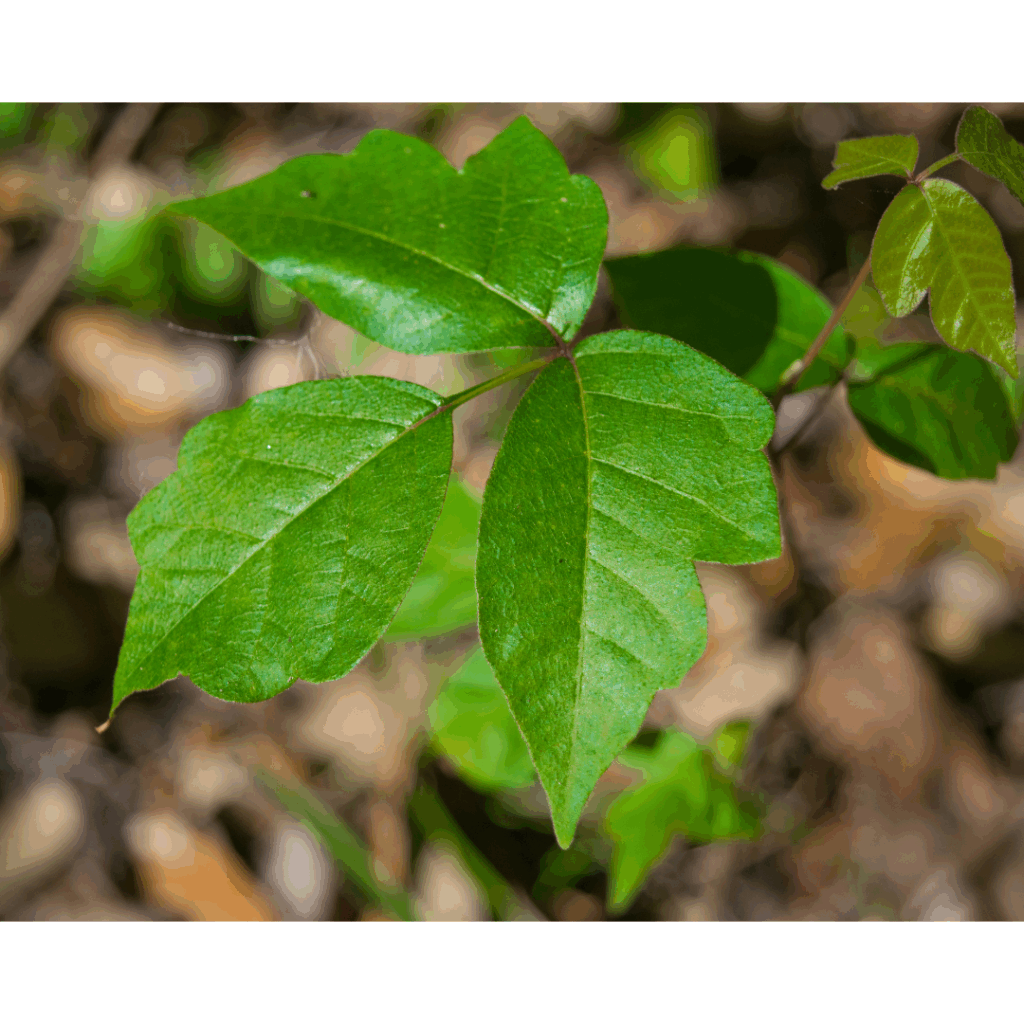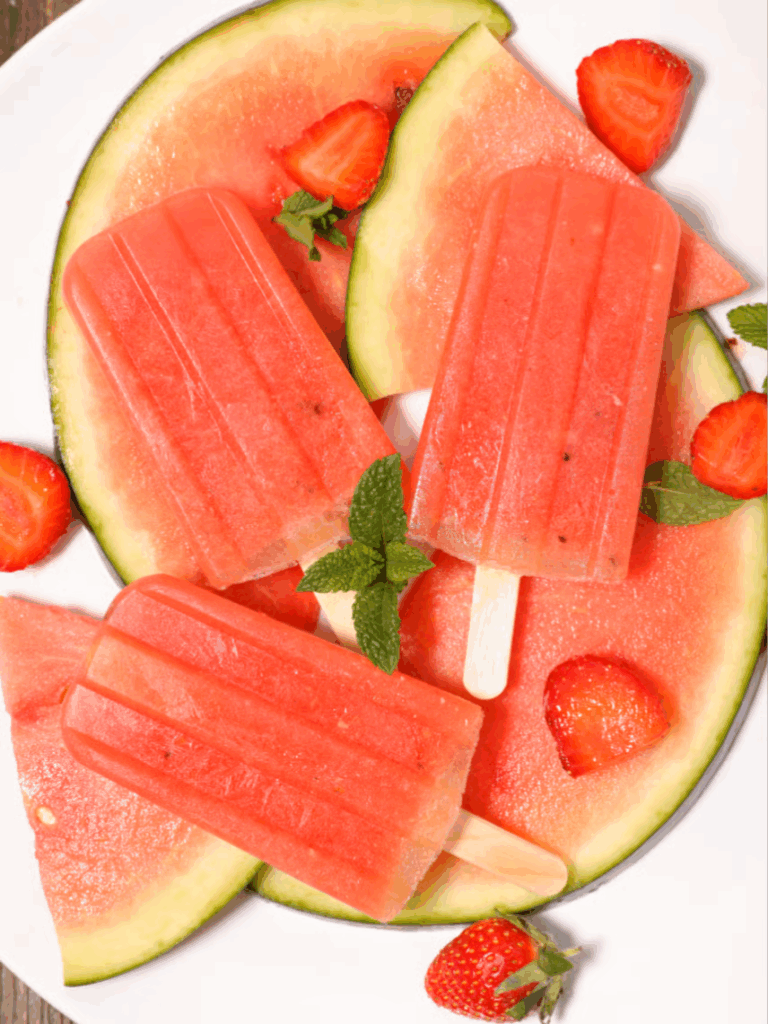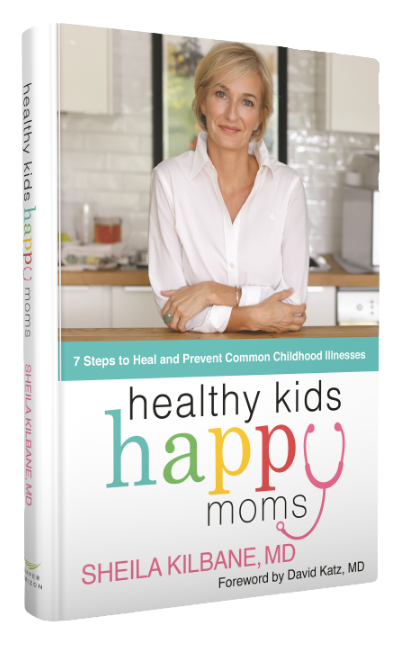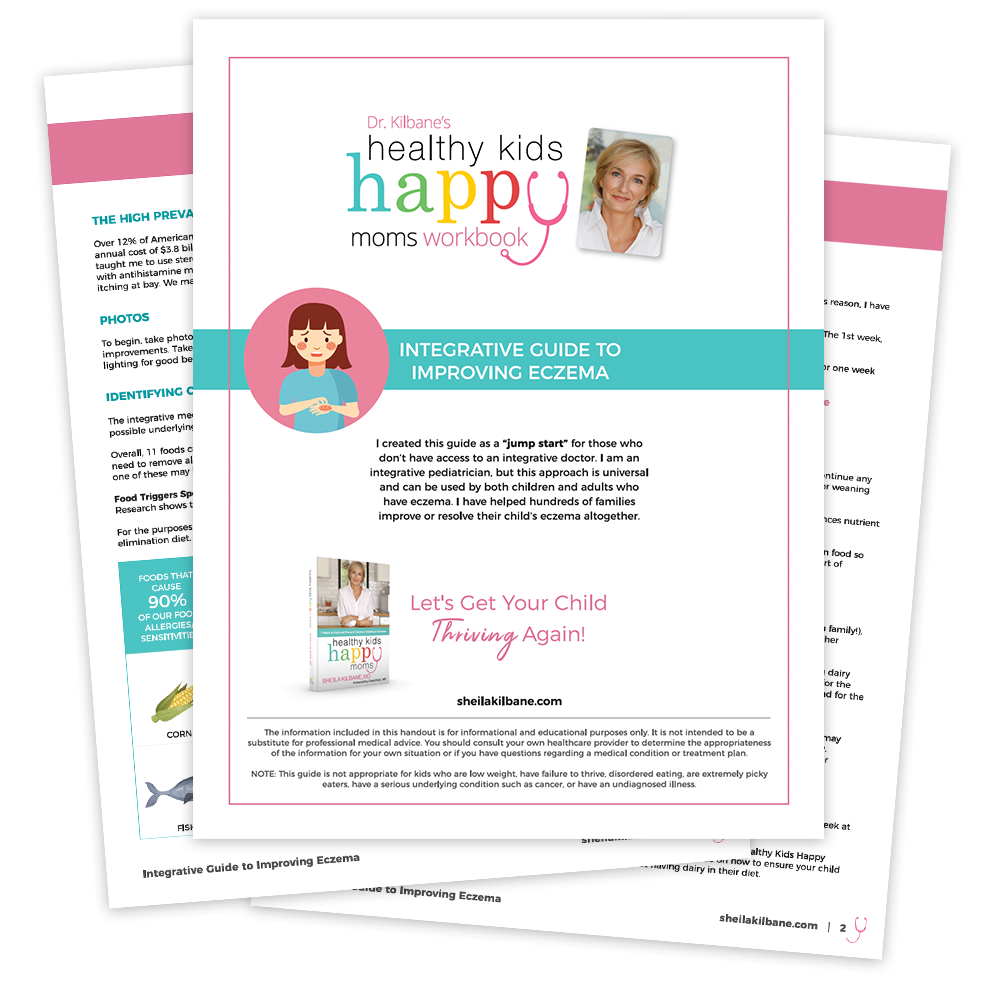As I sat down to write this blog, I could feel the collective motherly stress rising, knowing kids will soon face all the yummy, colorful, and sugary candy that accompanies most holidays, especially Easter.
The parents who worry the most during the sugar holidays are the ones whose children turn into a different child when they get their hands on the candy—like Dr. Jekyll to Mr. Hyde. You go from enjoying your sweet child one minute, and in the next, he or she is bouncing off the walls, talking loudly, running around, and provoking his or her siblings. Sugar can turn a lovely and beautiful celebration about the resurrection of Jesus into a bit of a family nightmare.
How to Reduce Sugar
Your first line of defense is education—something to share with grandparents, aunts, uncles, teachers, and anyone who feeds your children sweets—and sticks around to experience the aftermath.
The sugar content of one chocolate Easter egg is 20+ grams. To calculate the number of teaspoons in a product, you just divide the number of grams by four. This is a great math exercise for your kids in the grocery store, 20/4 = 5 tsps of sugar. Remember, this is for one small egg and nobody eats just one, kid or adult!
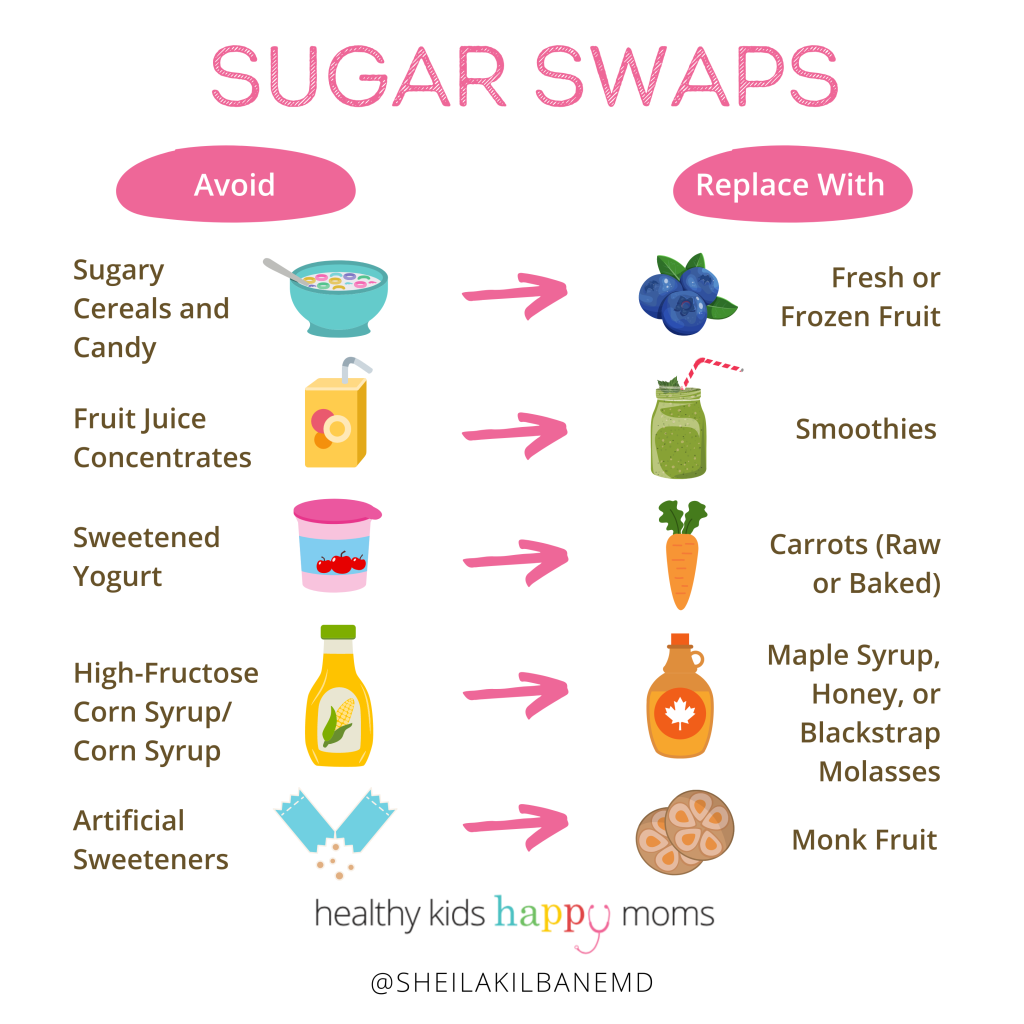
One last piece of information to keep in mind and share with others is the role of sugar in health. Short story: it is very detrimental to the immune system. Studies show that ingesting 100g of sugar can suppress the immune system up to five hours—not the best thing to do for the immune system as we are on the tail end of what (we hope) is the end of a pandemic.1, 2 And since the average chocolate egg provides 20+ of these grams already, you can see how quickly those grams add up.
Instead of spending your mental energies worrying much about the upcoming holiday, make a plan and set up a strategy of mitigation—which includes enlisting other family members not to give your child so much candy. The “Sugar Swaps” illustration is a good start and my new book has 30+ recipes that are kid-approved.
Avoid These Dyes
Learn more about the effects of artificial dyes and colors in Dr. Kilbane’s video
The candy problem begins with excess sugar, but other ingredients are problematic too, especially artificial dyes and colorings. In short, avoid foods, candies, and supplements with the following dyes:
FD & C Blue #1
FD & C Red #40
FD & C Yellow #6
Although the FDA has cleared these dyes for ingestion, many of my patients have experienced reactions to these ingredients. As a precaution, I still recommend avoiding them. Alternative products help keep the gut and liver from becoming overburdened.
When formulating your Easter education plan, tell your family that since 2010, the United Kingdom has required the following warning label on foods with artificial dyes (over 10 years ago!).
“Consumption may have an adverse effect on activity and attention in children.”
The UK follows the European Union (EU) Guidelines for food additives, and their approach is more proactive in regulating artificial dyes than what we have in the US. In response to this requirement, several large companies voluntarily removed artificial colors, the preservative sodium benzoate, and even aspartame from their products distributed in European countries but did not immediately follow suit with American products. Things are gradually changing here, but we have a long way to go (more about this in the video excerpt above from my online course).
The first time I became aware that artificial dyes and preservatives could affect children’s behavior and health, was in 2010 (the same year the UK started labeling food). Eleven-year-old Adam, who had ADHD, came to see me. His mother told me that when Adam ate food or candy with blue dye, he’d flap his hands repeatedly, and when he ingested caramel coloring, he would sniff his fingers.
I had never heard of anything like this up to that point in my career. But as you parents know, behavior changes after kids ingest artificial dyes, has become more and more common because it is more and more prevalent.
What’s this mean for Easter basket shopping?
Last year the website RetailMeNot.com surveyed American Easter candy shoppers and discovered that on average they planned to spend $50 on sugary treats. The top sellers?
- 24% prefer Jelly Beans. Brach’s brand contains Red #40, Blue #1, and Yellow #6
- 20% prefer Cadbury Eggs which contain Yellow #6 in the US but UK formula substitutes paprika— just sayin’
- 14% prefer Peeps, which might contain Yellow #6 or Blue #1 (depending on the color you buy)
I found a great Creme Egg recipe alternative to commercial brand Cadbury on the Sugar Proof Kids website of our friend Michael Goran, PhD., author of the must-read book, Sugar Proof: How sugar is silently damaging your child’s health and what you can do about it.
In order to avoid total mutiny in your household by making it a dye-free and sugar-free holiday, consider finding dye-free alternatives. The Natural Candy Store is one great option, and your local natural food store might carry some of the same brands.

Plan Your Holiday Eating Roadmap
- First thing in the morning, take a moment as a family to remember the reason we are celebrating Easter. Say a prayer and ask each member of the family to say what they are grateful for.
- Feed your children breakfast before letting them indulge in Easter sweets. This will reduce the amount of candy they eat.
- Put a stuffed animal, such as a bunny or chick, in the basket to help take the emphasis off of sweets.
- Replace some candy with dried pineapples, figs, or dates. They are much more nourishing.
- Consider using brightly colored plastic Easter eggs or coloring your boiled eggs with either natural dyes or plastic sleeves that are slipped over the eggs and dipped into hot water to shrink and stick.
- Plan an Easter egg hunt to help children work off excess energy and get some exercise.
- Buy delicious natural jelly beans, chocolates and other candies at traditional supermarkets, health food stores, specialty stores, and natural food markets.
You can do this! Let us know if there are any other strategies that have worked for your family.
Schedule a FREE 15-minute informational call with my practice’s patient care specialist to discuss your child’s issues.
